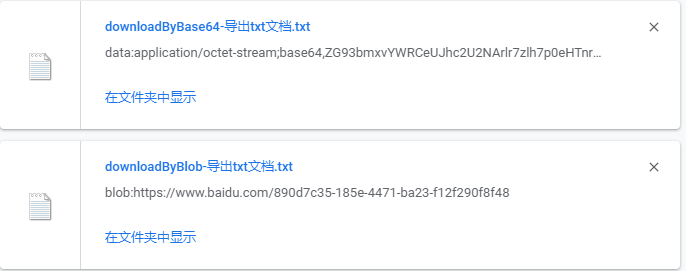因为我可以使用req.user通过传入来获取任何路由中的登录用户:
passport.authenticate("jwt",{ session: false })
我想允许用户使用除本地登录之外的Twitter登录,因此我在node.js API中有一个passport-twitter策略.如何使用req.user访问本地登录用户?
module.exports = passport => { passport.use( new Strategy({ consumerKey: "",consumerSecret: "",callbackURL: "http://localhost:3000" },function(token,tokenSecret,profile,cb) { Profile.findOne({ user: req.user._id }).then( userdetail => { userdetail.twuser = profile._json.screen_name; userdetail.token = token; userdetail.tokenSecret = tokenSecret; userdetail.save().then(); return cb(null,profile); } ) } ) ); };
解决方法
首先,我会检查您的系统中是否已有用户具有给定的Twitter个人资料ID.
然后我会检查是否有用户具有相同的电子邮件地址.这意味着,用户已经注册了他的电子邮件.
如果您的数据库中没有给定电子邮件地址或推特ID的用户,请创建一个新用户并将推特ID和电子邮件分配给此配置文件.
然后我会检查是否有用户具有相同的电子邮件地址.这意味着,用户已经注册了他的电子邮件.
如果您的数据库中没有给定电子邮件地址或推特ID的用户,请创建一个新用户并将推特ID和电子邮件分配给此配置文件.
别忘了将includeEmail选项添加到策略中:
TwitterStrategy({
consumerKey: "",callbackURL: "http://localhost:3000"
includeEmail: true,// <======= this
}
)
twitter oauth的回调可能如下所示:
async (token,cb) => {
const existingProfileWithTwitterId = await Profile.findOne({ twid: profile.id }
if (existingProfileWithTwitterId) {
return callback(null,profile)
}
const existingProfileWithEmail = await Profile.findOne({ email: profile.emails[0].value }
if (existingProfileWithEmail) {
existingProfileWithEmail.twid = profile.id
// Add some more stuff from twitter profile if you want
await existingProfileWithEmail.save()
return callback(null,existingProfileWithEmail)
}
// Create a new Profile
const profile = new Profile({
twid: profile.id,// add some more properties
})
return callback(null,profile)
})






